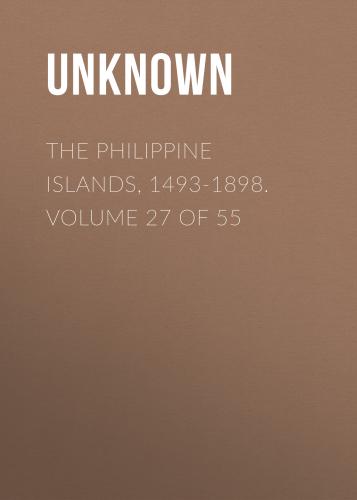ducados. That victory was not sufficient to make the enemy lose their liking for that commerce, and they returned in greater force to seek it. Don Juan de Silva made an expedition against them, and went to find them in the strait of Maluco; but that expedition did not have the desired success. Having written to the viceroy of India, by a secret letter of arrangements, dated December
35 13, 615, asking the latter to join with him to endeavor to drive the Dutch from those seas once for all, he resolved to put forth his utmost efforts in order to accomplish it; and had he had the good fortune to carry out that plan as he desired, it would have been an exploit worthy of his great courage and valor. He built seven galleons of one thousand or one thousand five hundred toneladas, in addition to three others that he had; and cast one hundred and fifty large pieces of artillery—although, for lack of master-workmen, they did not turn out well. He sent to request ten other galleons and six galleys from the viceroy of India, and sent sixteen thousand pesos for the purchase of certain articles. That was taken by Don Christoval de Azqueta and forty Spaniards, who were never seen again, the disaster of that expedition thus commencing. The governor repeated the embassy by means of Father Juan de Ribera of the Society of Jesus. The latter obtained a reënforcement of four galleons and four galliots, and a few poorly-disciplined men; and (what was worse) they left so far ahead of time, that they had to await Don Juan de Silva at Malaca before the season to arrive, and at the worst time possible; for scarcely had they entered port when the king of Achen attacked them with four hundred boats. He fought with the four galleons of Goa, and burned one of them, whereupon he desisted from the blockade. As soon as the Jaos had gone, six galleons from Olanda entered, and after fighting with the three galleons of Portugal, burned them. Learning that Don Juan de Silva was coming, the Dutch retired to their forts, in fear of the force that he was carrying. Then the governor left Manila with ten galleons, the best that have ever been on that sea, and four galleys, in the year 616. He learned of the loss of the Portuguese, and although he ought to have attacked Bantan, where the enemy were fearing him, he entered Malaca without doing anything; and, while hesitating there as to what he could accomplish, he was seized by the illness from which he died. His fleet, being left without a leader, returned to Manila, destroyed and conquered by itself. The disaster of that voyage was recognized not only in what has been said, but also in that if he had gone to Maluco, as he had been advised, he would have accomplished an important feat of arms. If he had been a fortnight later in leaving Manila, he would have prevented the depredations committed by the Dutchman Jorje Spilberg. The latter—having entered the South Sea, and fought the battle of Cañete, near Lima, which was of but little consolation for the Peruvians—arrived at the bar of that city [i.e., Manila], and then went to Maluco, thinking that the governor had gone to their islands. Hearing that he was in Malaca, he took ten galleons from them, and went to look for him. Not finding him, and hearing of his death, he caused the rebellion of all those who were peaceful. The Mindanaos went out with sixty caracoas, and attacked the province of Camarines, where they caused considerable depredation. Having disagreed, the Mindanaos divided into two companies—one going toward Manila to join the Dutch, the other to the island of Panay. There Captain Lazaro de Torres destroyed them with only seven caracoas; and, capturing four of the Mindanao caracoas, made the rest of them take to the open sea, until they were all lost. The Dutch, with their ten galleons, sighted the same island of Panay, and Captain Don Diego de Quiñones with seventy soldiers fought with seven companies of them that landed, and made them return to their boats with great loss, and but little reputation, so much can a good captain do. The enemy went in sight of Manila again, where the fleet taken out by Don Juan de Silva had already entered; however, it was in so bad condition that it did not have sufficient strength to attack the Dutch. Finally six galleons could be prepared, to oppose the other six which were infesting the coasts. The battle was fought, and the flagship of Olanda was sunk, and two galleons burned, while the almiranta, with two others, took to flight. But that victory had its diminution, for the galleon “San Marcos,” having become separated [from the others], met two Dutch galleons which had not taken part in the battle. In order to avoid a new battle with them, and the captain losing courage, the “San Marcos” was run ashore and burned. Thus the Spanish side was victorious, but weakened. The enemy, although conquered and having lost three galleons, went to Maluco with the seven remaining ones, and were able to keep what they had acquired. It is recognized that Maluco is of the importance that has been stated, because they have maintained it at the cost of so many losses, fleets, and men.
